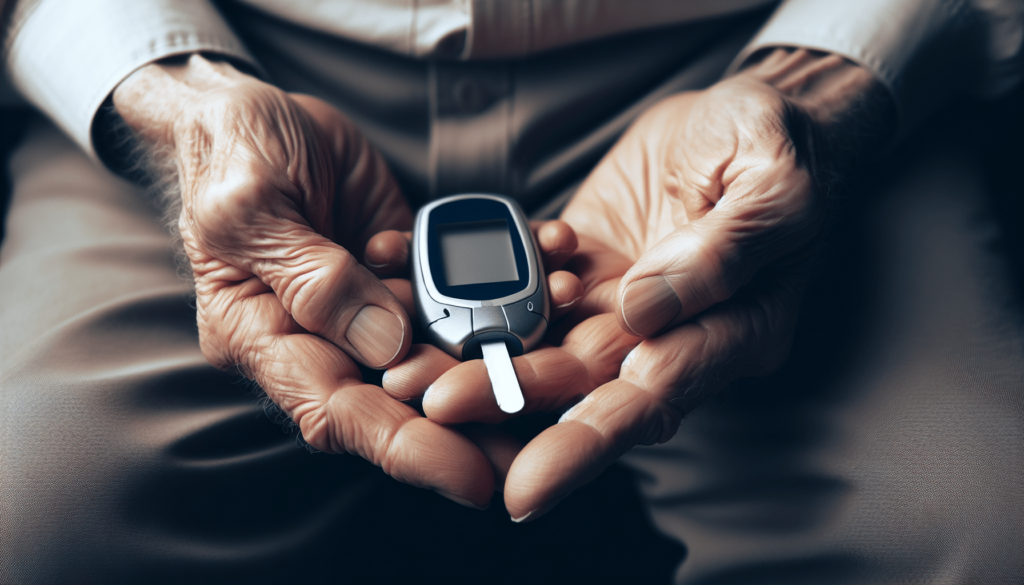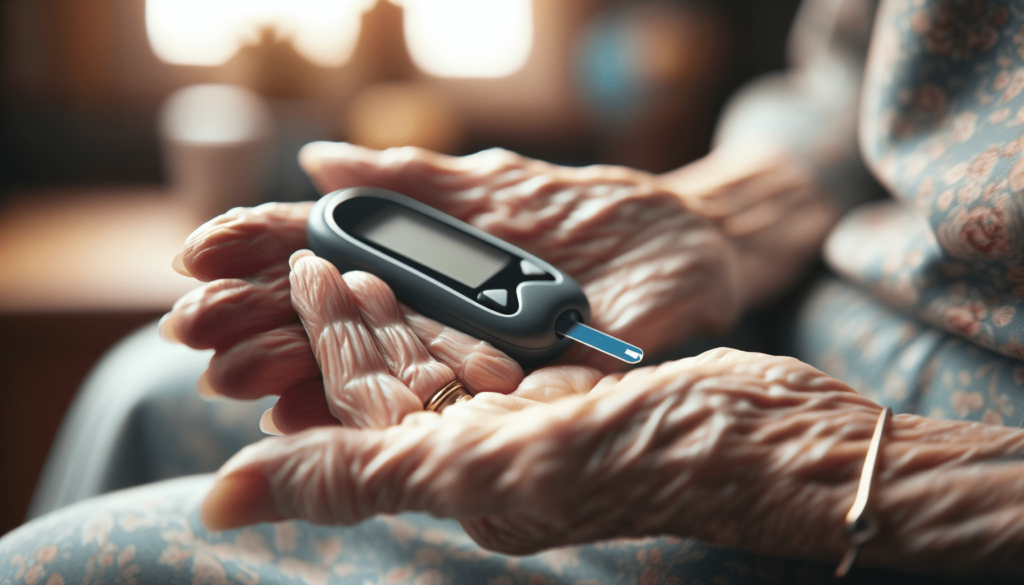Welcome to a helpful guide on assisted living facility diabetes management. In these facilities, you will find dedicated professionals who are equipped to provide personalized care for individuals with diabetes. From monitoring blood sugar levels to ensuring a balanced diet, assisted living facilities are committed to helping residents manage their diabetes effectively. Let’s explore some key strategies and resources available in these facilities to support you in maintaining a healthy and active lifestyle while living with diabetes.
Are you or a loved one living with diabetes in an assisted living facility?
Navigating daily life with diabetes can be challenging, especially in an assisted living facility where routines and meals are often predetermined. However, with proper management and support, it is possible to maintain good health and quality of life. In this article, we will explore various strategies for managing diabetes in an assisted living facility and provide practical tips for staying healthy and active.
Understanding Diabetes
Diabetes is a chronic health condition that affects how your body processes glucose, a form of sugar that serves as the main source of energy for your cells. There are two main types of diabetes: Type 1 and Type 2. In Type 1 diabetes, the body does not produce insulin, the hormone needed to regulate blood sugar levels. In Type 2 diabetes, the body either does not produce enough insulin or becomes resistant to its effects.
Living with diabetes requires careful monitoring of blood sugar levels, adherence to a healthy diet, regular exercise, and, in some cases, medication. In an assisted living facility, residents with diabetes may receive support from healthcare providers and staff members to help manage their condition.
Diabetes Management in an Assisted Living Facility
Managing diabetes in an assisted living facility requires a collaborative effort between residents, healthcare providers, and facility staff members. Here are some key strategies for effective diabetes management in this setting:
| Strategy | Description |
|---|---|
| Regular Monitoring | Check blood sugar levels regularly and record the results. This helps to track trends and make adjustments. |
| Healthy Meal Planning | Follow a balanced diet rich in fruits, vegetables, whole grains, lean protein, and healthy fats. |
| Medication Management | Take prescribed medications as directed and communicate any concerns or side effects to healthcare providers. |
| Physical Activity | Engage in regular exercise to improve blood sugar control, heart health, and overall well-being. |
| Education and Support | Stay informed about diabetes management and seek assistance from healthcare professionals as needed. |

Healthy Meal Planning
Eating nutritious meals is essential for managing diabetes and overall well-being. In an assisted living facility, residents can benefit from customized meal plans that cater to their dietary needs and restrictions. Here are some tips for healthy meal planning:
- Portion Control: Pay attention to portion sizes and avoid overeating to maintain steady blood sugar levels.
- Balanced Nutrition: Include a mix of carbohydrates, protein, and healthy fats in each meal to support overall health.
- Regular Timing: Stick to a regular eating schedule to prevent blood sugar spikes and crashes.
- Snack Smart: Choose healthy snacks such as fruits, nuts, yogurt, or whole-grain crackers to curb hunger between meals.
Physical Activity
Regular exercise is crucial for managing diabetes and improving overall health. In an assisted living facility, residents can participate in various physical activities tailored to their abilities and preferences. Here are some ideas for staying active:
- Low-Impact Exercises: Engage in activities like walking, swimming, tai chi, or yoga to improve flexibility, strength, and balance.
- Group Classes: Join exercise classes or group activities to socialize with peers and stay motivated.
- Outdoor Walks: Take advantage of outdoor spaces and walking paths within the facility for fresh air and sunlight.

Medication Management
Medications play a key role in managing diabetes and preventing complications. In an assisted living facility, healthcare providers work closely with residents to ensure safe and effective medication management. Here are some tips for handling medications:
- Adherence: Take medications as prescribed and follow the recommended dosage instructions.
- Storage: Store medications in a cool, dry place away from direct sunlight and moisture.
- Organization: Use pill organizers or medication reminders to keep track of daily doses and prevent missed doses.
- Communication: Report any changes in health status or medication side effects to healthcare providers promptly.
Regular Monitoring
Monitoring blood sugar levels regularly is essential for managing diabetes and adjusting treatment as needed. In an assisted living facility, residents can receive support from healthcare providers and staff members to perform blood sugar checks. Here are some tips for regular monitoring:
- Testing Equipment: Use a reliable blood glucose monitor and test strips to check blood sugar levels at home.
- Recording Results: Keep a log of blood sugar readings, meals, medications, and physical activity to identify patterns or trends.
- Consultation: Discuss blood sugar results with healthcare providers to make informed decisions about diabetes management.
Education and Support
Staying informed about diabetes management and seeking support from healthcare providers are crucial for maintaining health and well-being. In an assisted living facility, residents can access educational resources and professional assistance to manage their condition effectively. Here are some ways to stay educated and supported:
- Diabetes Education: Attend educational sessions or workshops on diabetes management, nutrition, exercise, and medication.
- Healthcare Team: Build a supportive relationship with healthcare providers, nurses, dietitians, and other staff members involved in diabetes care.
- Peer Support: Connect with other residents living with diabetes to share experiences, tips, and encouragement.
- Family Involvement: Involve family members in diabetes management and seek their assistance in advocating for your needs.
Conclusion
Managing diabetes in an assisted living facility requires a holistic approach that encompasses regular monitoring, healthy meal planning, physical activity, medication management, education, and support. By collaborating with healthcare providers, staff members, and fellow residents, individuals with diabetes can maintain good health, prevent complications, and enjoy a high quality of life. Remember to communicate openly, stay proactive, and make self-care a priority in your diabetes management journey. With the right tools and resources, you can thrive and thrive in an assisted living facility with diabetes.


